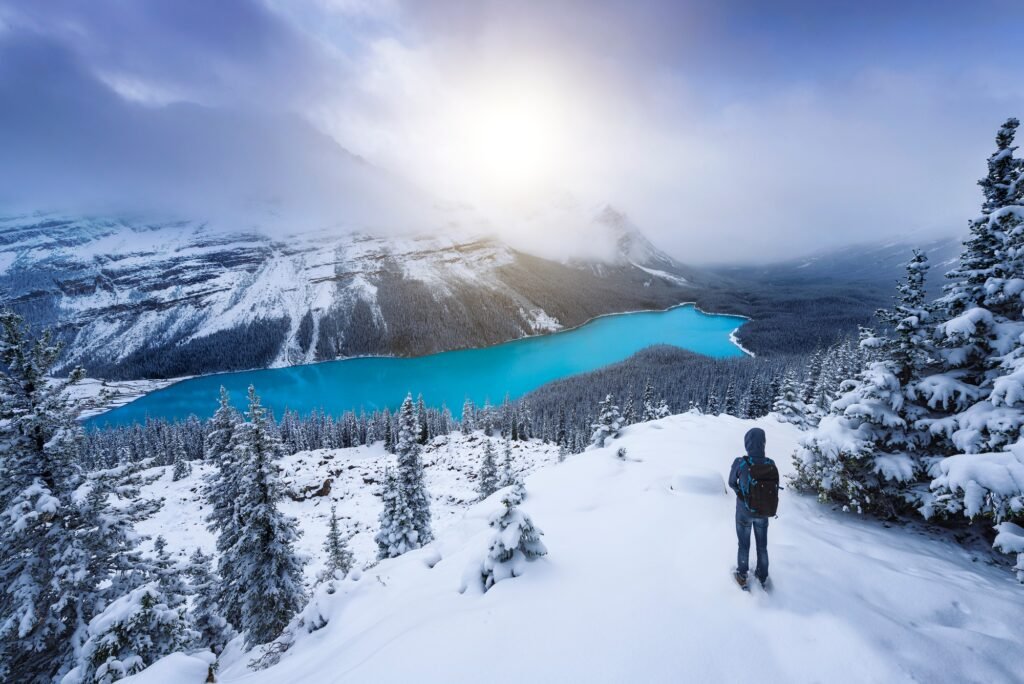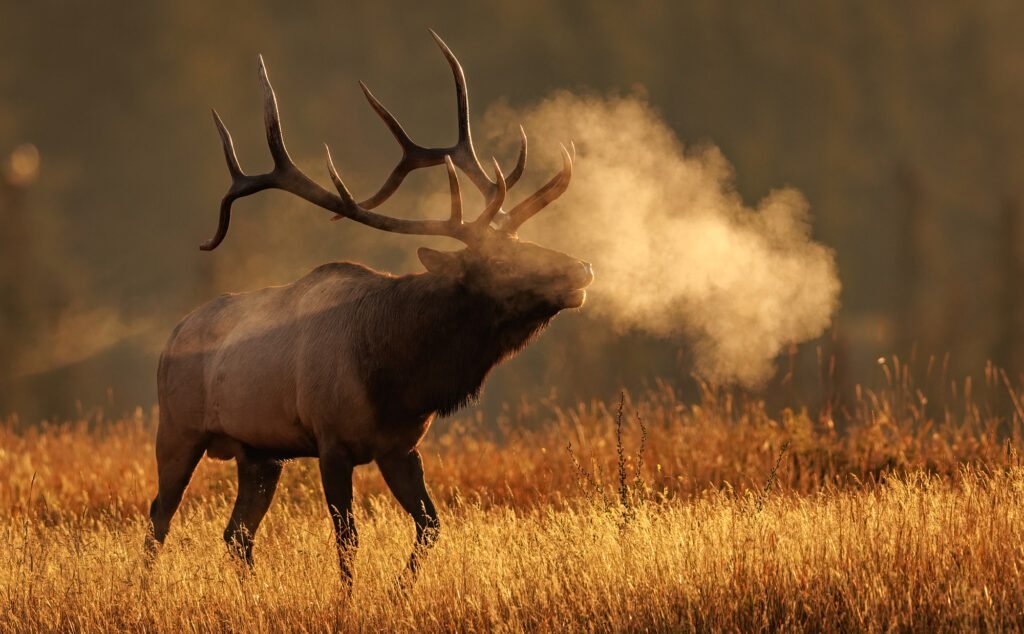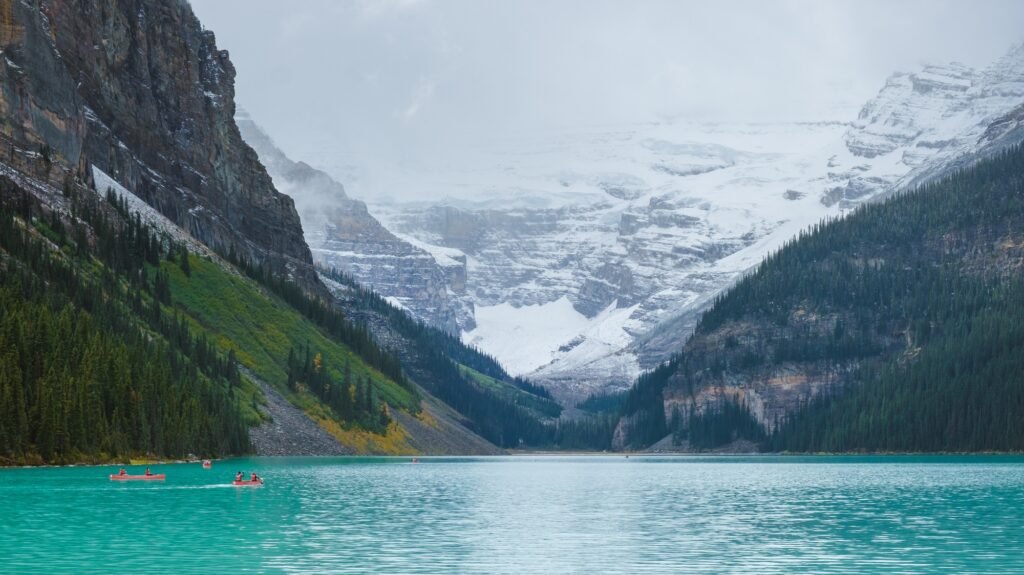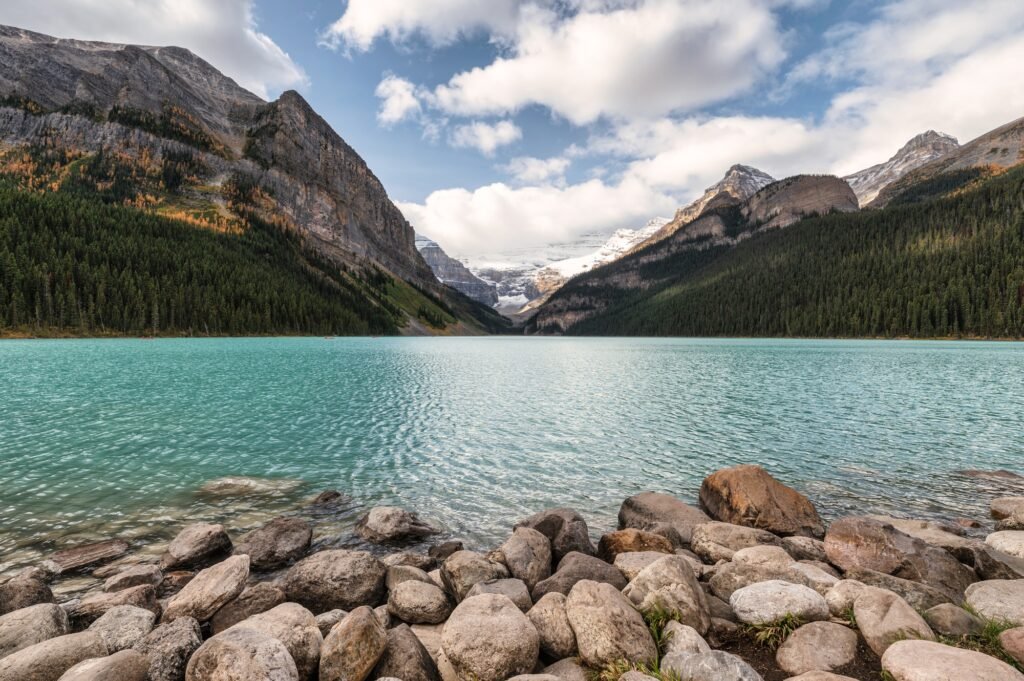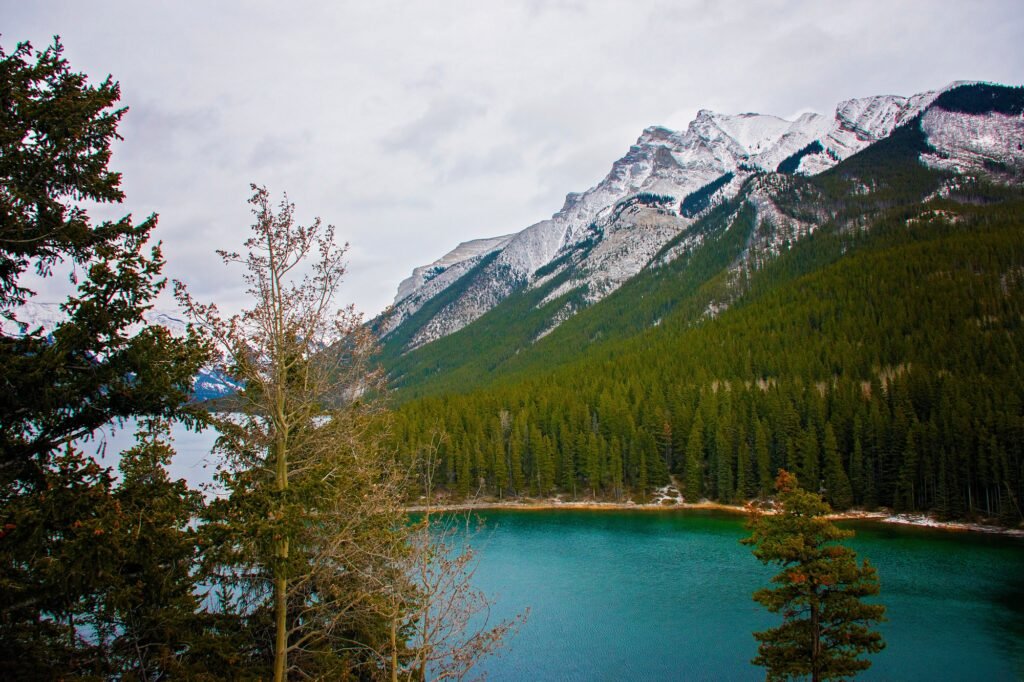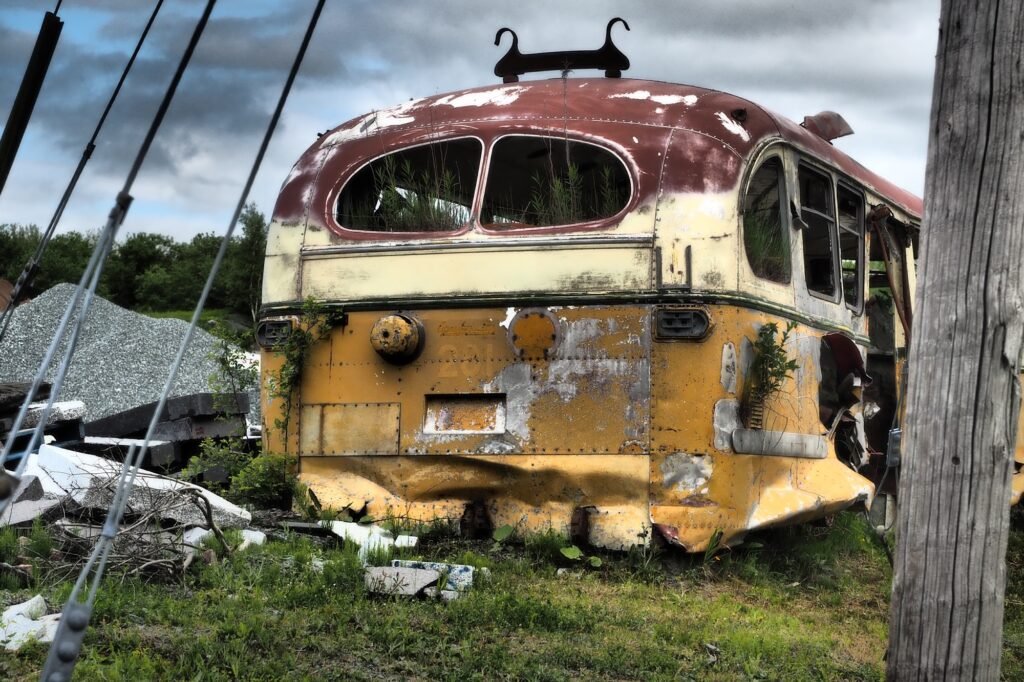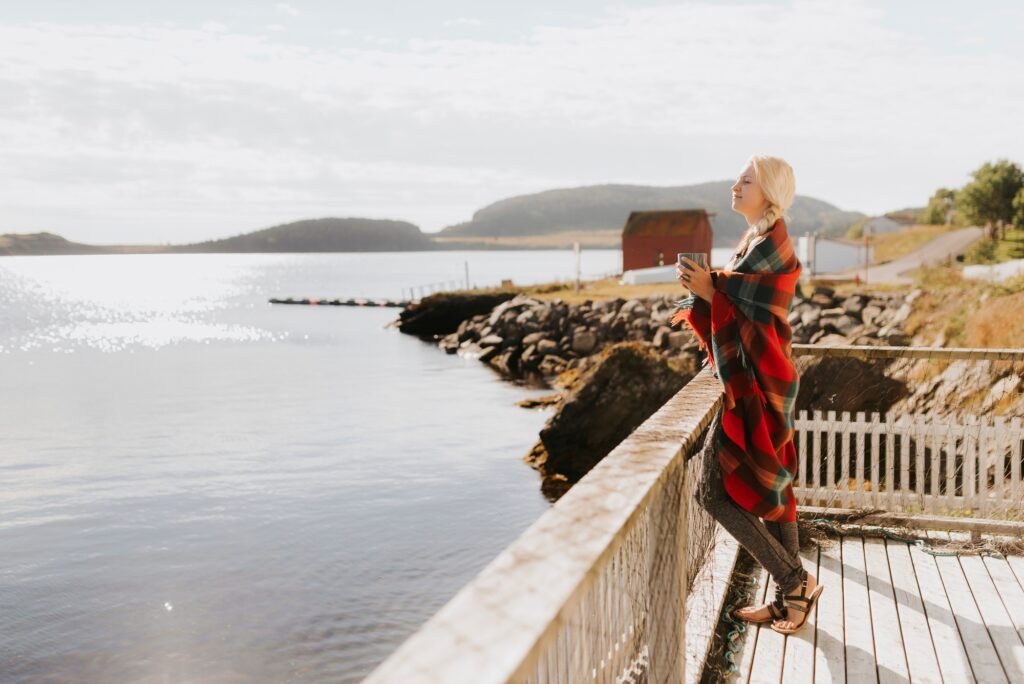Northern Lights Viewing Near Anchorage: Aurora Guide
Witnessing the Aurora Borealis, or Northern Lights, shimmer and dance across the night sky is a bucket-list dream for many travelers visiting Alaska. While Fairbanks often gets the spotlight for aurora viewing due to its latitude, it is possible to experience the magic near Anchorage! However, seeing the Aurora Borealis Anchorage area offers requires planning, patience, understanding the forecasts, and crucially, escaping the city lights.
This guide will help you understand the best ways to increase your chances for successful Northern Lights viewing near Anchorage.
Understanding the Aurora & Anchorage’s Challenge
What Causes the Northern Lights?
In simple terms, the aurora is caused by charged particles from the sun (solar wind) colliding with gases in Earth’s upper atmosphere. These collisions release energy in the form of light, creating the captivating green, pink, purple, and sometimes red displays we see.
Why is Anchorage Tricky?
Like any major city, Anchorage produces significant light pollution. This ambient light washes out fainter auroral displays, making them difficult or impossible to see from within the city center or most residential areas. To see the Northern Lights well, you need dark skies.
Best Time of Year & Night
- Season: The prime aurora viewing season near Anchorage runs from late August through late March/early April when the nights are sufficiently dark. September and March often offer a good balance of dark skies and slightly milder temperatures compared to deep winter.
- Time: While they can appear anytime it’s dark, the most active displays often occur between 10:00 PM and 3:00 AM Alaska time.
Where to Go for Northern Lights Viewing Near Anchorage
The key is distance and darkness. You need to drive away from the city’s light dome. Here are some popular spots accessible from Anchorage:
- Get Elevated: Chugach State Park Access Points: Gaining some elevation can help look over low-lying city glow.
- Glen Alps Trailhead (Flattop Overlook area): A very popular spot just above Anchorage (~20-30 min drive). Offers wide sky views, but you’ll still see city lights below. Can be crowded. Check winter road conditions, though it’s usually maintained.
- Prospect Heights / Upper O’Malley Trailheads: Similar areas on the Anchorage Hillside offering elevated perspectives.
- Arctic Valley Ski Area Road: Driving partway up this road (check seasonal access/conditions) can offer darker northern views.
- Head North (Away from City Glow):
- Eagle River / Chugach State Park: Drive north towards Eagle River (~30-40 mins). Areas near the Eagle River Nature Center or pullouts along Eagle River Road offer darker skies.
- Eklutna Lake Road / Knik River Valley: Further north (~45-60 mins). Eklutna Lake Road (check winter access) or public access points near the Knik River/Eklutna Tailrace provide good northern horizons away from mountains.
- Head South (Along Turnagain Arm):
- Turnagain Arm Pullouts: Scenic pullouts along the Seward Highway like Beluga Point (Mile 110) or Bird Point (Mile 96) can offer dark skies, especially looking across the arm or south. City glow might be visible to the north. Bonus: potential for reflections if the arm isn’t frozen.
- Other Viewpoints:
- Point Woronzof: Coastal park near the airport. Offers an unobstructed northern view over Cook Inlet, though airport activity can add some light.
The Easiest Way: Anchorage Northern Lights Tours
Let’s be honest: chasing the aurora on your own involves checking multiple forecasts, navigating potentially icy roads late at night, and finding safe, dark places to park. Anchorage Northern Lights tours take out all the guesswork.
- Why Take a Tour?
- Expertise: Guides constantly monitor aurora forecasts and weather conditions, choosing the best potential viewing locations each night.
- Transportation: Travel in warm, comfortable vehicles (often vans) without worrying about winter driving.
- Comfort & Tips: Guides often provide hot drinks, snacks, and valuable tips for viewing and photographing Northern Lights Anchorage style. Some offer basic camera assistance.
- Safety: Traveling with a guide to potentially remote, dark locations is safer.
- Persistence: Guides are often willing to “chase” clear skies or wait out lulls in activity, increasing your chances.
- What to Expect: Tours typically depart Anchorage in the evening (around 9-10 PM) and last 4-6 hours, returning very late. They drive to optimal dark-sky locations outside the city.
Checking the Aurora Forecast (Crucial!)
Two forecasts matter: the Aurora forecast and the weather forecast.
- Aurora Forecast: Indicates the potential strength of the aurora, often using the Kp index (a scale from 0-9). For Northern Lights viewing near Anchorage, a Kp of 3 might be visible low on the northern horizon, while Kp 4 or higher significantly increases chances of seeing brighter, more active displays overhead. Check sites like NOAA’s Space Weather Prediction Center (swpc.noaa.gov), the University of Alaska Fairbanks Geophysical Institute (gi.alaska.edu/monitors/aurora-forecast), or apps like “My Aurora Forecast”. Remember: A low Kp doesn’t always mean zero aurora, especially if other conditions are right!
- Weather Forecast: You need clear skies! Check local Anchorage weather forecasts specifically for cloud cover predictions during the late-night hours (10 PM – 3 AM).
Tips for Successful Northern Lights Viewing
- Go DARK: Escape city lights completely. Check the moon phase too – a new moon means darker skies.
- Check BOTH Forecasts: High Kp + Cloudy Skies = No viewing. Clear Skies + Low Kp = Maybe faint viewing. Clear Skies + High Kp = Best chance!
- Be Patient: Auroral activity ebbs and flows. Displays can last minutes or hours. Be prepared to wait outside in the cold.
- DRESS WARMER THAN YOU THINK: This is critical! Multiple layers (thermal base, fleece mid, insulated/windproof outer), insulated winter boots, warm socks, a good hat covering ears, thick gloves or mittens, and consider disposable hand/foot warmers. Standing still in the Alaskan winter night gets cold fast!
- Photography: Use a tripod! Manual camera settings are best: wide-angle lens, focus set to infinity, high ISO (1600-6400+), long exposure (5-20 seconds depending on aurora brightness/movement), use a remote shutter or timer. Bring extra batteries (cold drains them quickly!).
- Safety First: If driving yourself, check winter driving conditions near Anchorage (use Alaska 511). Let someone know your route and expected return time. Be aware of potential wildlife on dark roads. Cell service is unreliable outside the city.
Witness the Magic!
Seeing the Aurora Borealis near Anchorage is an incredible experience. While it requires more effort than in locations further north, with careful planning, checking forecasts, dressing warmly, and getting away from city lights, you can absolutely witness nature’s most spectacular light show. Taking one of the excellent Anchorage Northern Lights tours is highly recommended for the best combination of comfort, safety, and viewing success.
Ready to chase the lights? Explore guided tour options below!

